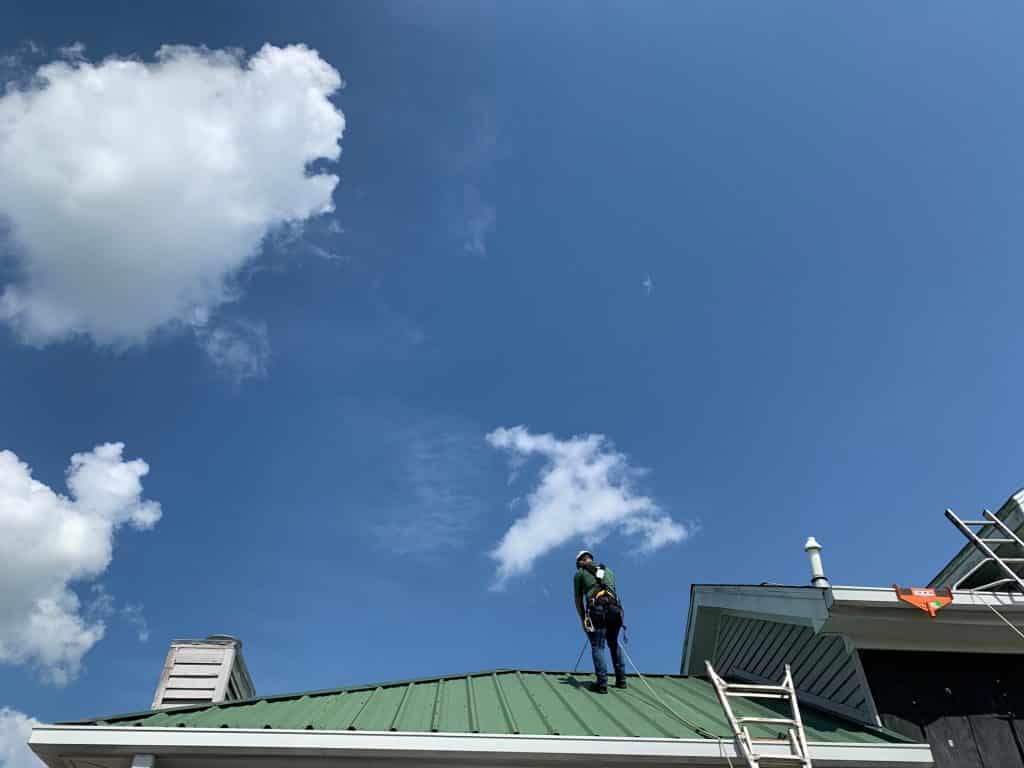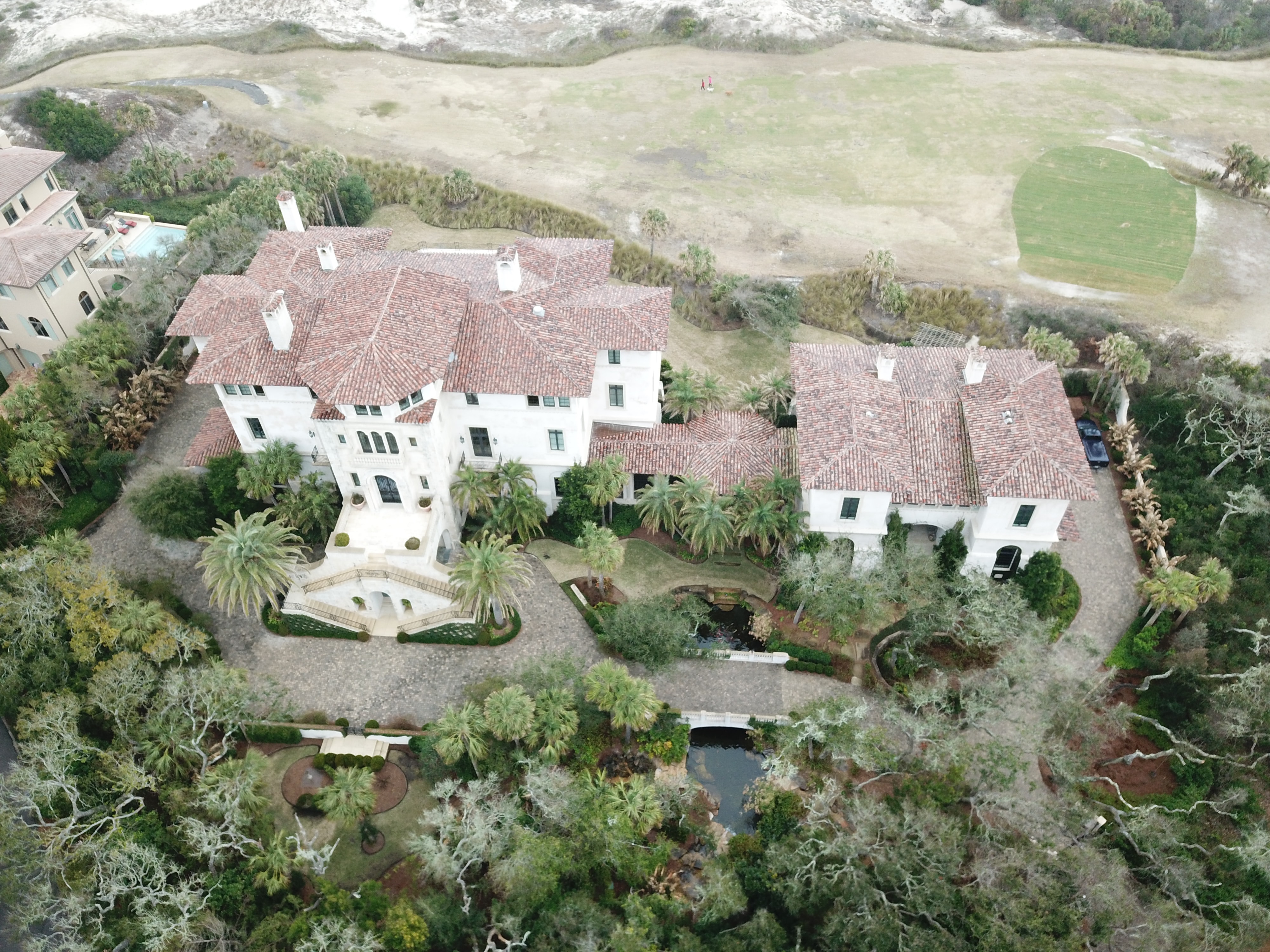Ropes Training – Raising the Standard of Safety
Long time, no updates! We have made it a top priority this year to attend as many hands on training classes as possible to stay at the top of the industry. One of the most important classes we have attended so far this Summer is ropes training and safety. Jim Brewer is a legend in the chimney sweep industry and our team recently made the visit to train with him at the Fire Service & Codes Enforcement Academy in Bell Buckle, Tennessee. The two day class went over basic safety precautions, proper ways to protect a clients roof while using ropes, knots, and most importantly hands on training at the Academy. The reality of our industry is that most sweeps are inspecting a home or performing a repair alone. Using the old style OSHA safety harness, if you fall off a roof alone you have no way to self rescue … Continued




